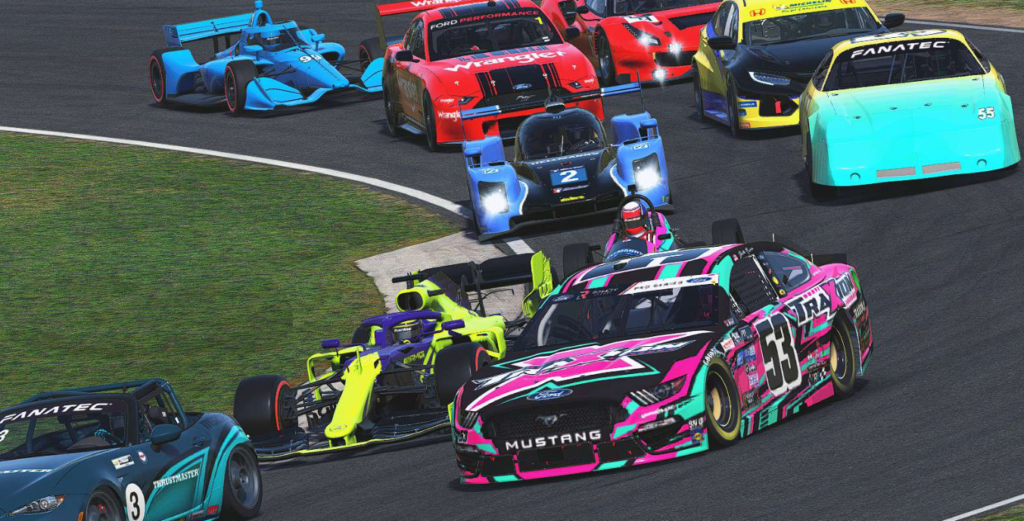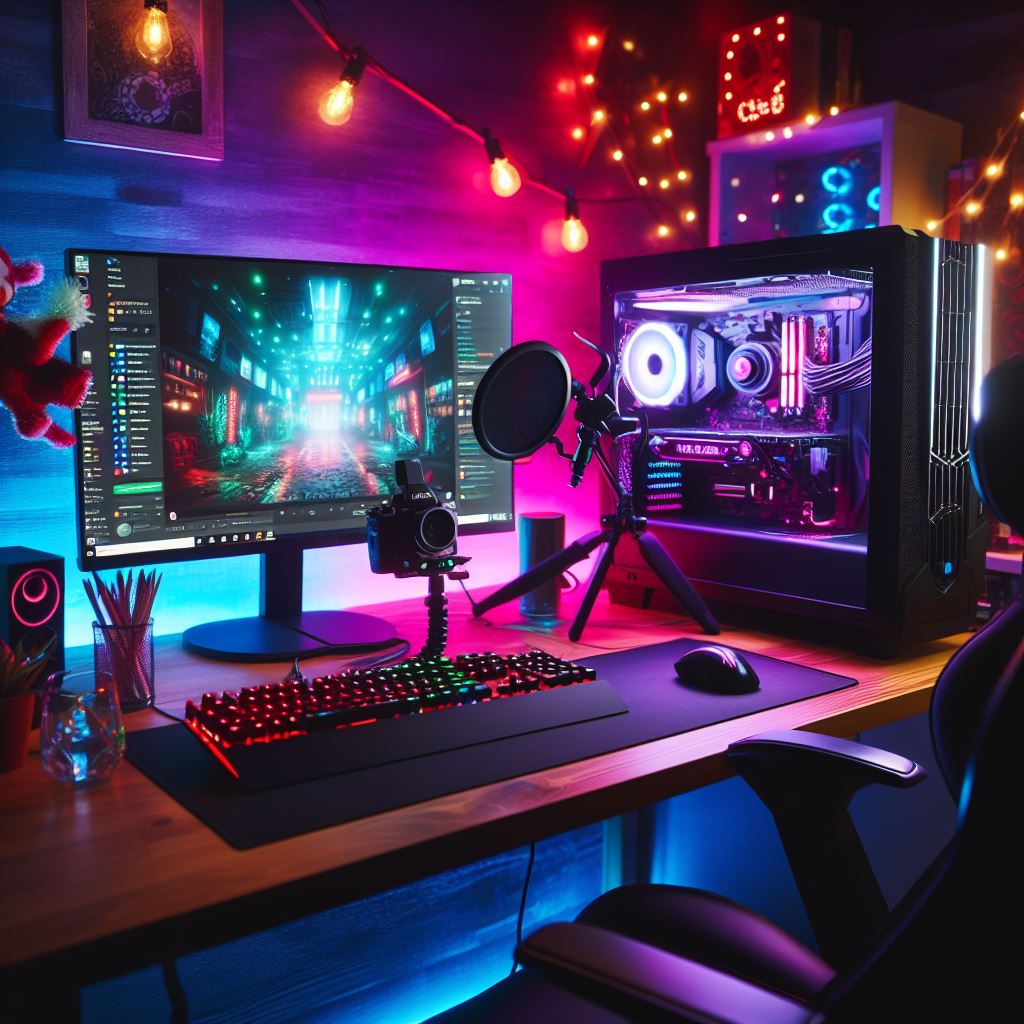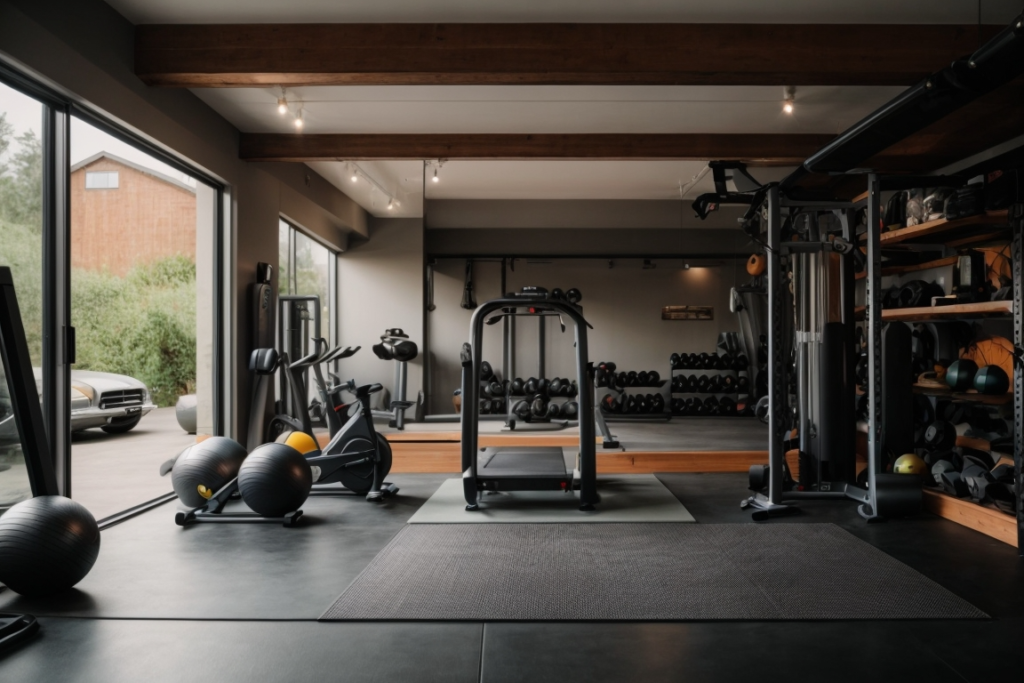Sim racing, a digital motorsport, has gained immense popularity, offering a realistic racing experience from the comfort of your home. Among the various platforms available, iRacing stands out for its authenticity and detailed simulation. This guide, focusing on beginners, delves into the nuances of setting up your virtual vehicle in iRacing. Additionally, we’ll touch upon how sim racing can enhance real-life driving skills.

iRacing Setup Guide: Tips for Beginners
iRacing, a premier online racing simulator, provides a platform where the setup of your virtual car is as crucial as in real-life racing. Car setups in iRacing involve adjustable parameters that significantly influence performance. These include tire pressure, camber, toe, spring rates, and more. Each adjustment plays a pivotal role in how the car behaves on the track, underlining the importance of personalized setups. There’s no universal solution; setups must be tailored to individual driving styles and changing track conditions like temperature and tire wear.
Understanding these setups is not just beneficial for virtual racing; it’s a practical way to comprehend vehicle dynamics, contributing to improved driving skills in real life. The systematic process of tweaking these settings mirrors real-world racing, offering insights into the intricate balance of a car’s performance.
Expanding on iRacing Basics
iRacing stands out in the sim racing world due to its authenticity. More than just a game, it requires strategy and a solid grasp of how things like track heat and tire wear shape how your car moves. New iRacing players can turn to the thriving online communities and websites for guidance, where experienced players share car setups—a big help for beginners.
iRacing mirrors the unpredictable nature of real-life racing, teaching racers to adjust to various scenarios and understand their impact on their car’s handling. For those eager to learn, resources such as Driver’s University offer comprehensive guides that blend sim racing with actual driving techniques.
Essential Tips for Optimizing Your iRacing Setup
Key Aspects of Optimizing Setup
Optimizing your iRacing setup is a blend of art and science. The first step is understanding the adjustable parameters and their impact. This includes setting the correct field of view (FOV) for a more immersive experience and tweaking graphics settings for optimal performance. For instance, enabling AMD FSR and adjusting detail levels can significantly enhance the visual aspect, making the simulation more realistic.
Driver feedback is crucial. Understanding how the car responds in different track sections allows for more effective adjustments. This feedback loop, essential in both sim and real racing, is a key factor in enhancing driving skills.
Further Optimization Strategies
Beyond the basics, optimizing your iRacing setup involves a deeper dive into the nuances of vehicle dynamics. The quick reference chart in the iRacing setup guide is a valuable tool, offering insights into each listing in the Garage section. Additionally, understanding the function of each adjustment and how it impacts the car’s behavior in different phases of a corner is fundamental.
Community resources play a significant role in this learning process. Forums like Reddit offer a wealth of information where experienced users share their setup tips and experiences. This communal knowledge base is not just beneficial for improving sim racing performance but also for gaining a broader understanding of car mechanics, which is transferable to real-world driving.
Quick Tips
- Set your field of view (FOV) correctly. Use an FOV calculator to match your monitor size and viewing distance for the most realistic perspective.
- Tweak graphics settings for performance. Lower resource-intensive settings like shadows and reflections. Enable AMD FSR for upscaling and FPS boost.
- Drive laps and focus on how the car responds. Pay attention to understeer, oversteer, balance, and tire slip angles in different corners.
- Consult the garage setup guide and adjust parameters like springs, bars, dampers, etc. Make small changes at a time.
- Use the quick reference chart to understand how each adjustment impacts handling. For example, increasing rear bar stiffness can reduce oversteer.
- Read forums and setup guides to learn from experienced drivers. Apply these learnings to further refine your adjustments.
- Repeat driving, evaluating, and adjusting until finding the optimal setup. Small tweaks can yield big handling improvements.
- Save tuned setups per track to continue optimization over time. Test in practice sessions before racing.
Enhancing Driving Skills and Realism through Practice and Analysis
Improving Skills and Realism in iRacing
Improving driving skills in iRacing goes beyond mere practice. It involves a thorough analysis of driving techniques and car responses. This analytical approach is beneficial for understanding how different setups affect performance. The continuous learning process, involving trial and error and adaptation to evolving track conditions, is akin to professional racing.
This process not only improves sim racing performance but also contributes to a deeper understanding of vehicle dynamics, which is invaluable for real-world driving. It emphasizes the importance of personalized setups and the need to constantly tweak them to suit changing conditions.
Further Insights and Real-World Applications
The insights gained from sim racing in iRacing have direct applications in real-world driving. The skills developed in sim racing, such as quick reflexes, better understanding of vehicle behavior under different conditions, and the ability to make swift and informed decisions, are directly transferable to real-life driving scenarios.
Moreover, the realism that iRacing offers through its detailed simulation allows for a more comprehensive understanding of car dynamics, which is beneficial for both amateur and professional drivers. The skills honed in the virtual world can lead to improved safety and performance on real roads.
Ready to drive?
iRacing, as a simulation platform, offers much more than just virtual racing entertainment. It serves as an educational tool that enhances real-life driving skills through the detailed understanding and adjustment of car setups. The importance of personalized setups, continuous learning, and community involvement are key elements that not only improve sim racing performance but also provide valuable insights into vehicle dynamics. This guide serves as a starting point for beginners in iRacing, offering tips and insights for optimizing setups and enhancing driving skills, both in the virtual and real world.






